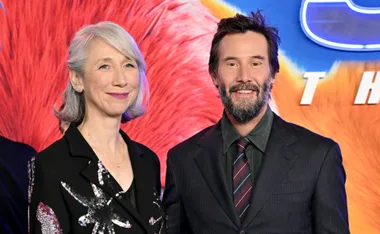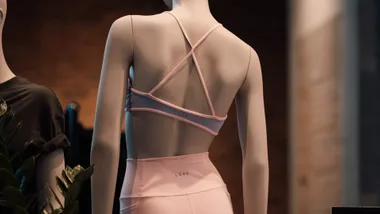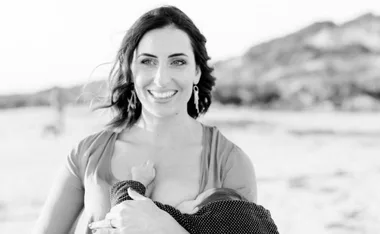Meryl Streep’s portrayal of Margaret Thatcher in The Iron Lady has won over critics worldwide and now it’s scored her a Golden Globe.
The 62-year-old actress won the award for Best Actress in a Drama at the 69th Golden Globes in Los Angeles today.
Meryl faced stiff competition in the category, beating Glenn Close, Tilda Swinton, Rooney Mara and Viola Davis to take home the prize.
Michelle Williams won the Best Actress in a Musical or Comedy award for her portrayal of blonde bombshell Marilyn Monroe in My Week with Marilyn.
Michelle is expected to be Meryl’s biggest competition in the Best Actress category at the Oscars in February.
George Clooney won the Golden Globe for Best Actor in a Drama for his role in The Descendants, while the Best Actor in a Drama category was taken out by The Artist star Jean Dujardin.
The Help’s Octavia Spencer and Beginners’ Christopher Plummer won the best supporting actress and actor categories.
The Descendants won the Best Drama award, while Best Comedy/Musical went to The Artist.
Kelsey Grammer and Matt LeBlanc won the TV actor prizes, while the TV actress gongs went to Claire Danes and Laura Dern.
Modern Family won Best TV Comedy or Musical and Best TV Drama went to Homeland.
Complete list of winners at the 69th annual Golden Globes:
Motion Picture Awards
Best Drama: The Descendants
Best Comedy/Musical: The Artist
Best Animated Film: The Adventures of Tintin
Best Foreign Language Film: A Separation
Best Actor in a Drama: George Clooney, The Descendants
Best Actor in a Comedy or Musical: Jean Dujardin, The Artist
Best Supporting Actor in a Motion Picture: Christopher Plummer, Beginners
Best Actress in a Drama: Meryl Streep, The Iron Lady
Best Actress in a Musical or Comedy: Michelle Williams, My Week with Marilyn
Best Supporting Actress in a Motion Picture: Octavia Spencer, The Help
Best Director: Martin Scorsese, Hugo
Best Screenplay for a Motion Picture: Woody Allen, Midnight in Paris
Best Original Score in a Motion Picture: Ludovic Bource, The Artist
Best Original Song in a Motion Picture: Masterpiece, W.E.
Television Awards
Best TV Drama: Homeland
Best TV Comedy or Musical: Modern Family
Best Mini-Series or Motion Picture: Downton Abbey
Best Actor in a TV Drama: Kelsey Grammer, Boss
Best Actor in a TV Musical or Comedy: Matt LeBlanc, Episodes
Best Actor in a Mini-Series or Made-for-TV Movie: Idris Elba, Luther
Best Supporting Actor in TV Series, Mini-Series, or Made-for-TV Movie: Peter Dinklage, Game of Thrones
Best Actress in a TV Drama: Claire Danes, Homeland
Best Actress in a TV Musical or Comedy: Laura Dern, Enlightened
Best Actress in a Mini-Series or Made-for-TV Movie: Kate Winslet, Mildred Pierce
Best Supporting Actress in TV Series, Mini-Series, or Made-for-TV Movie: Jessica Lange, American Horror Story
Newsletter conversion description. Get the latest in your inbox.







































